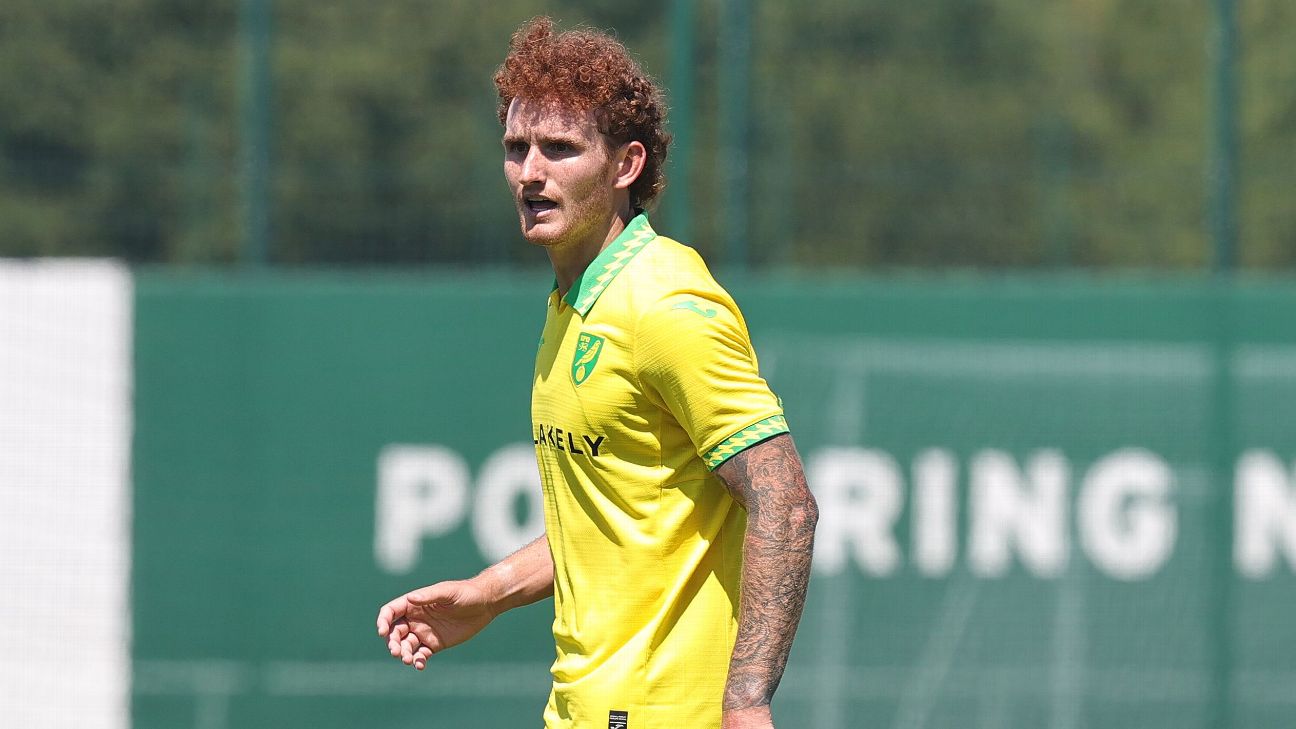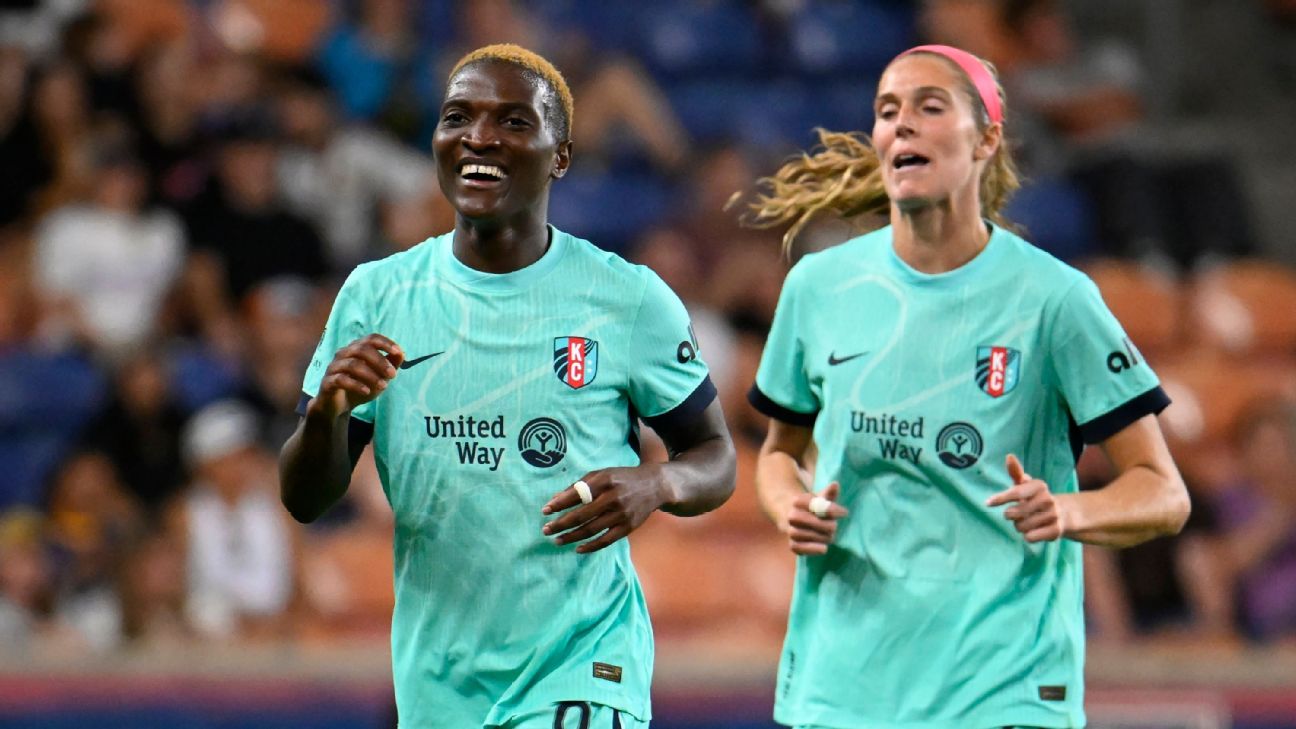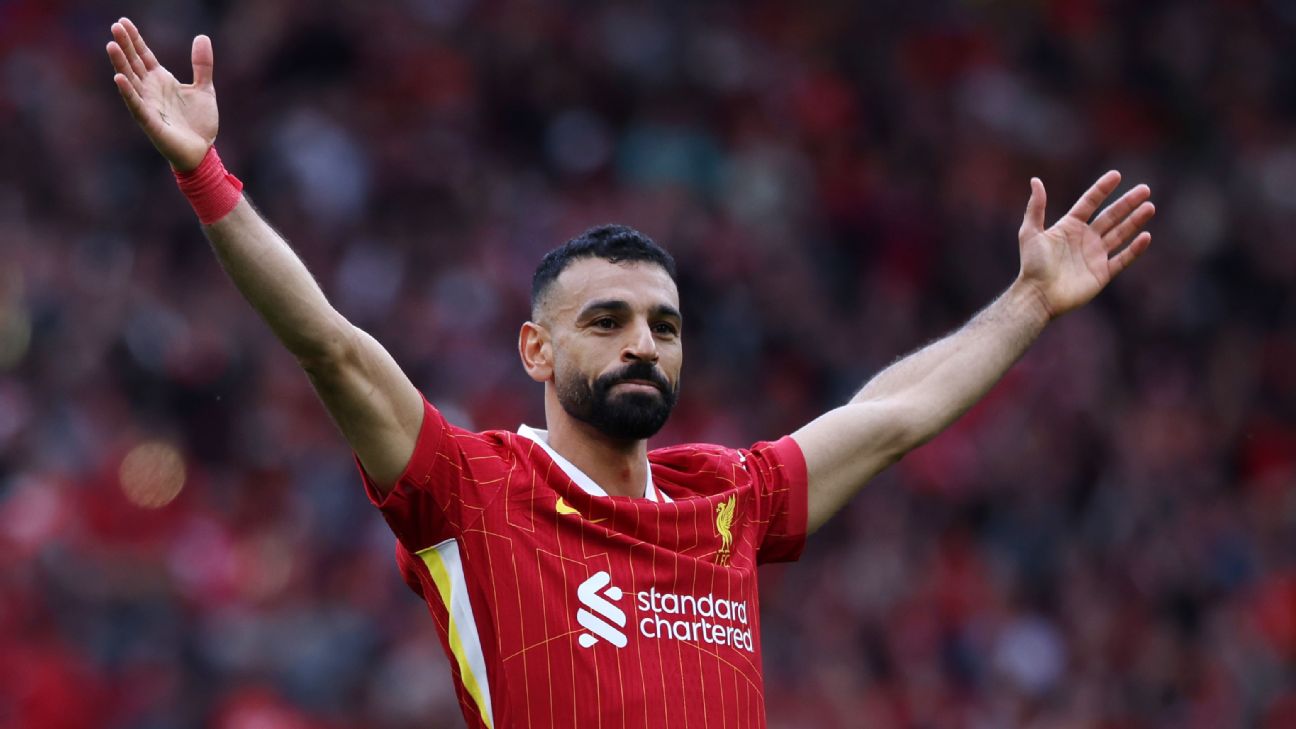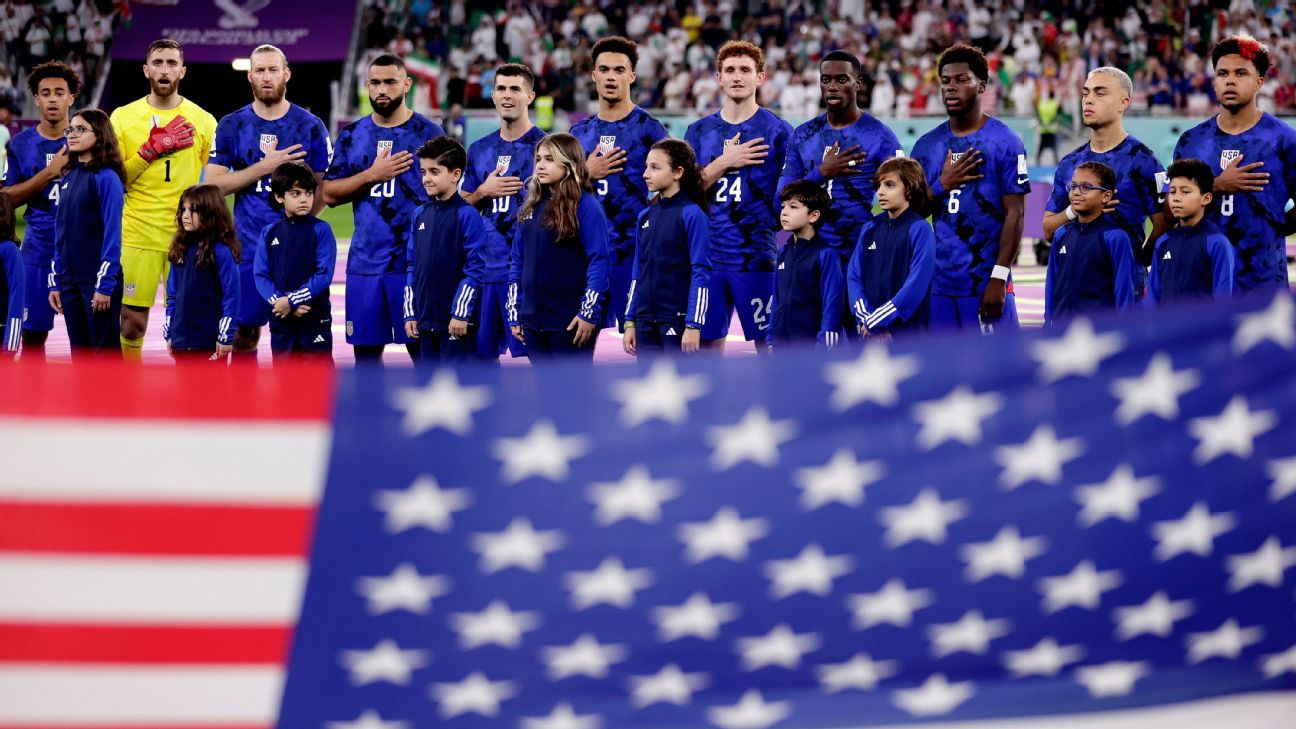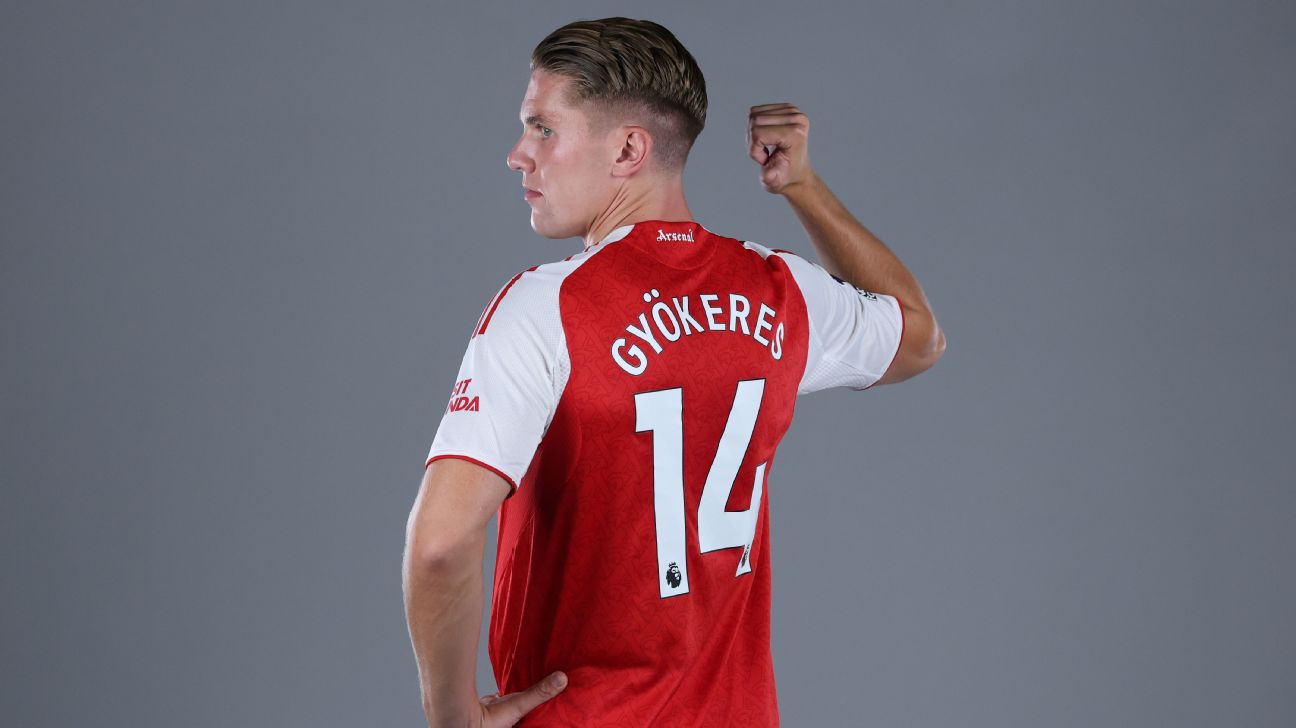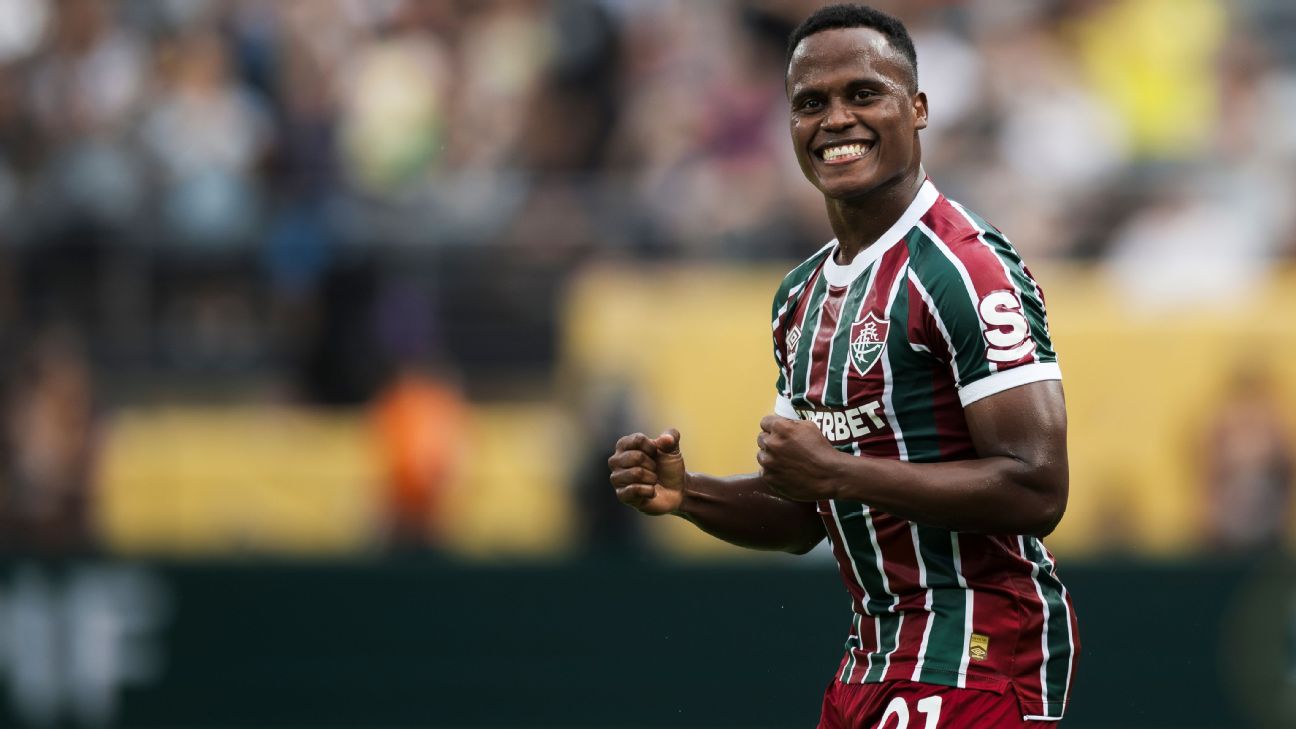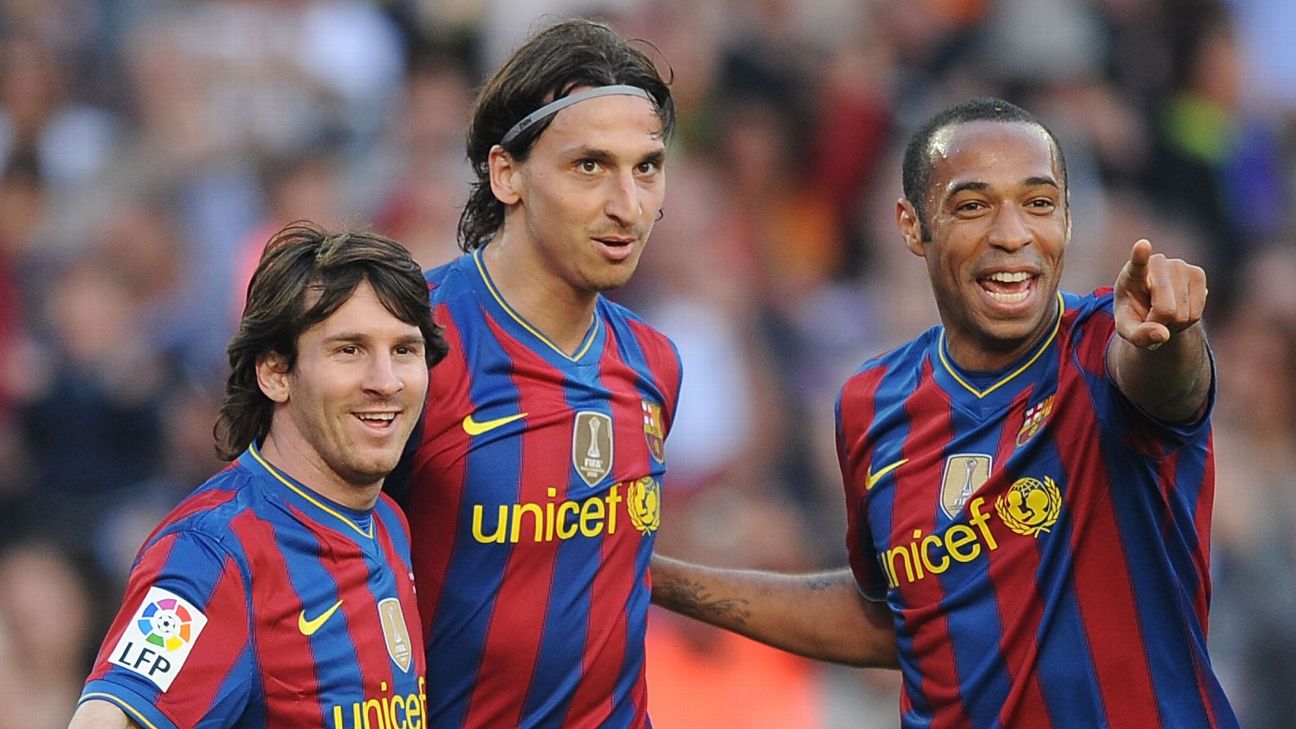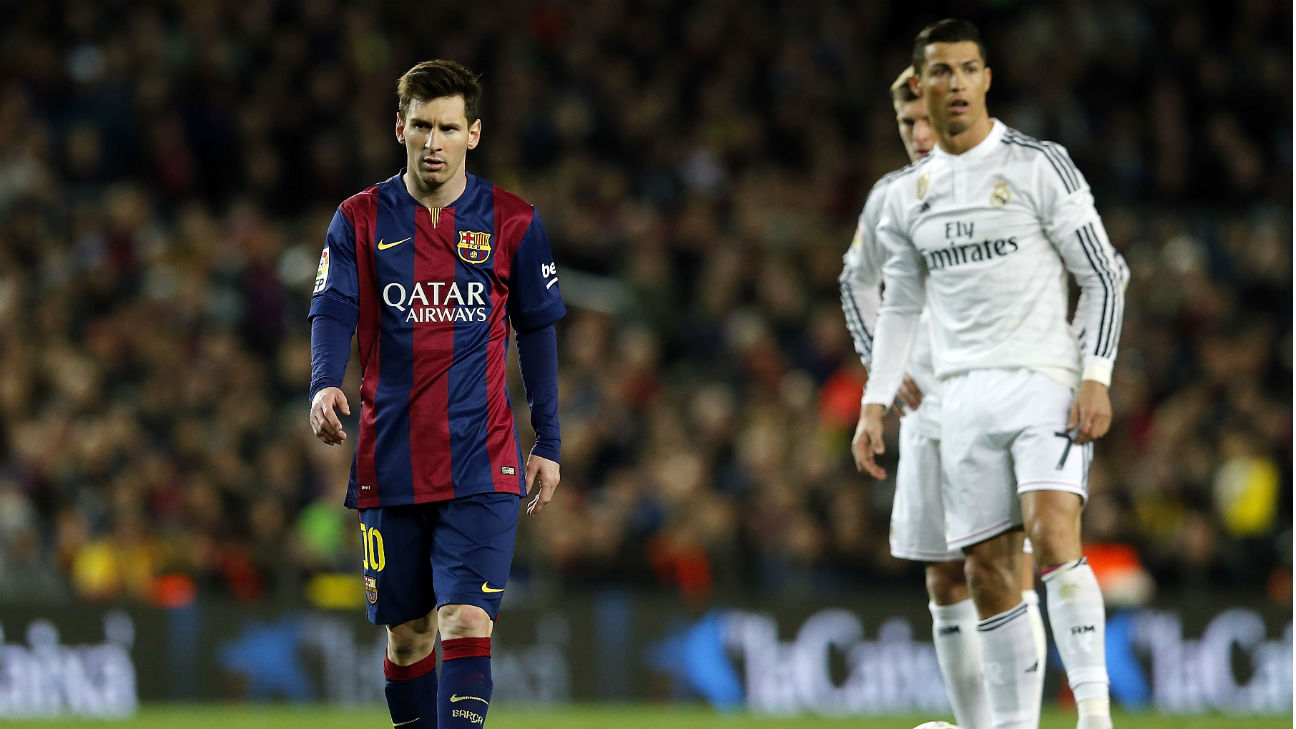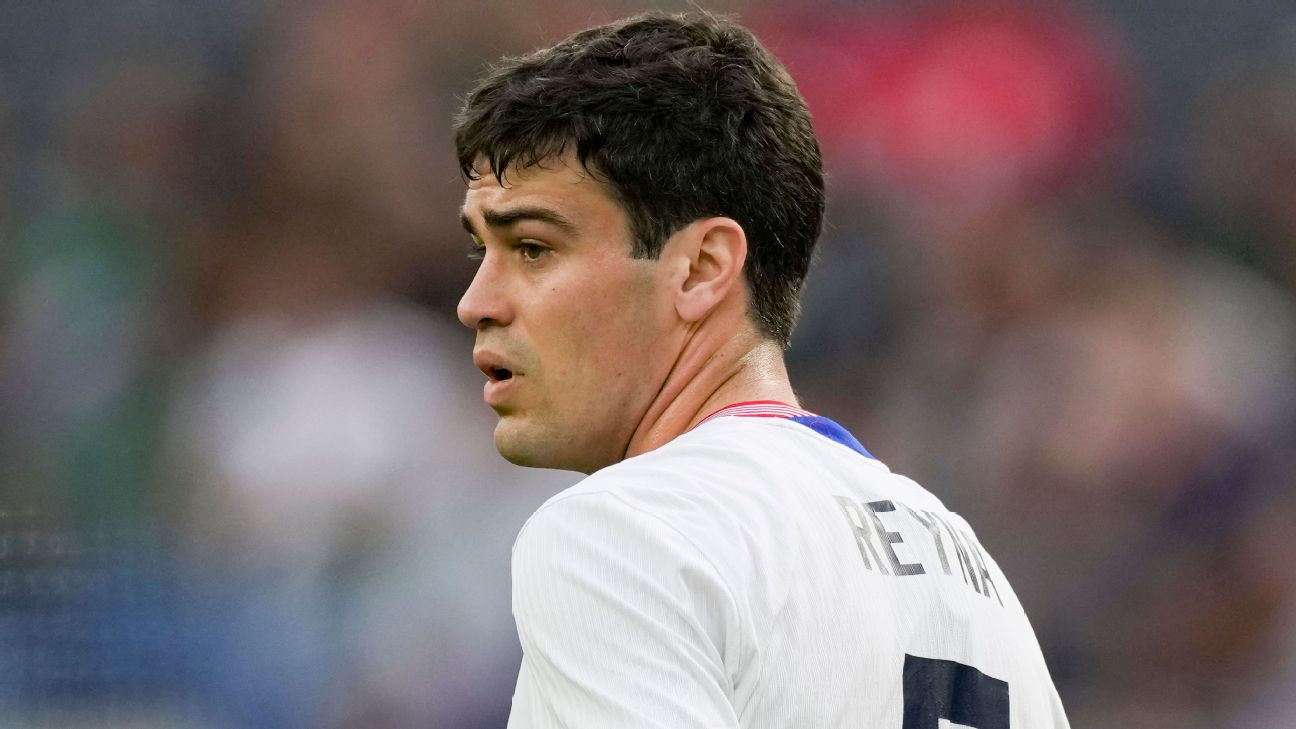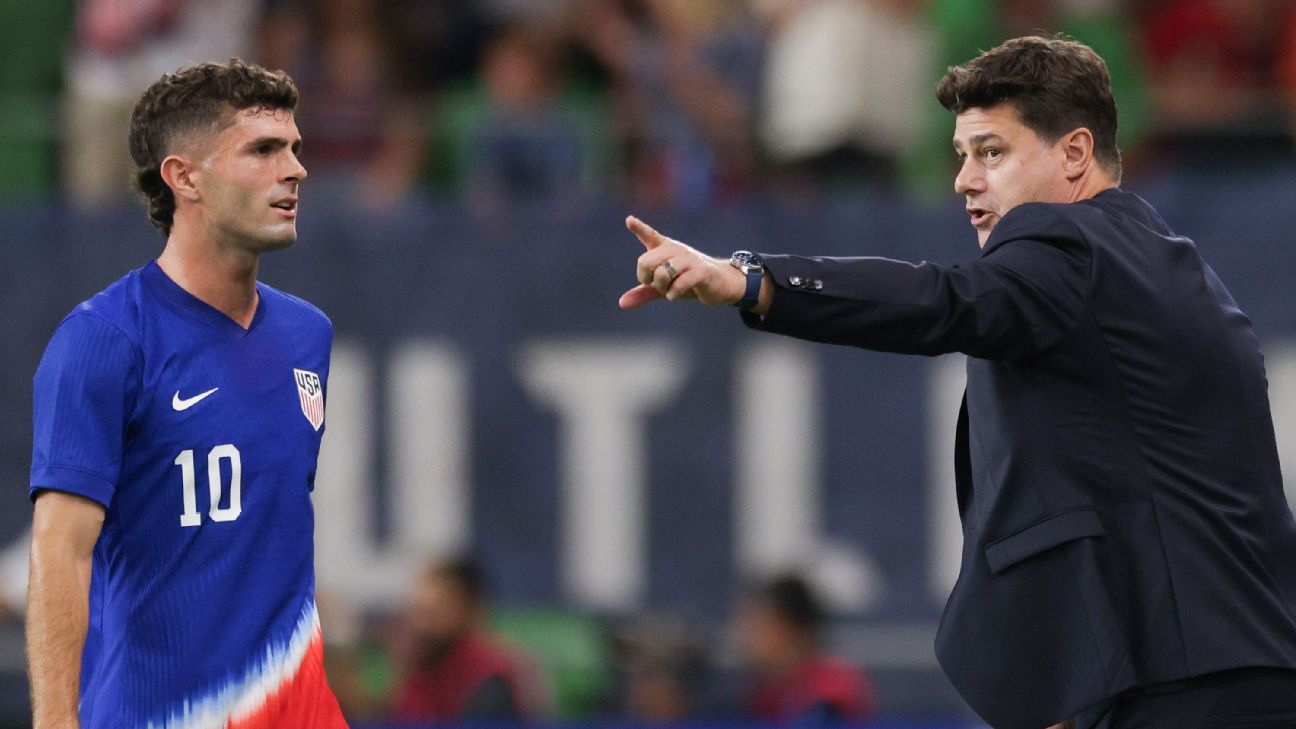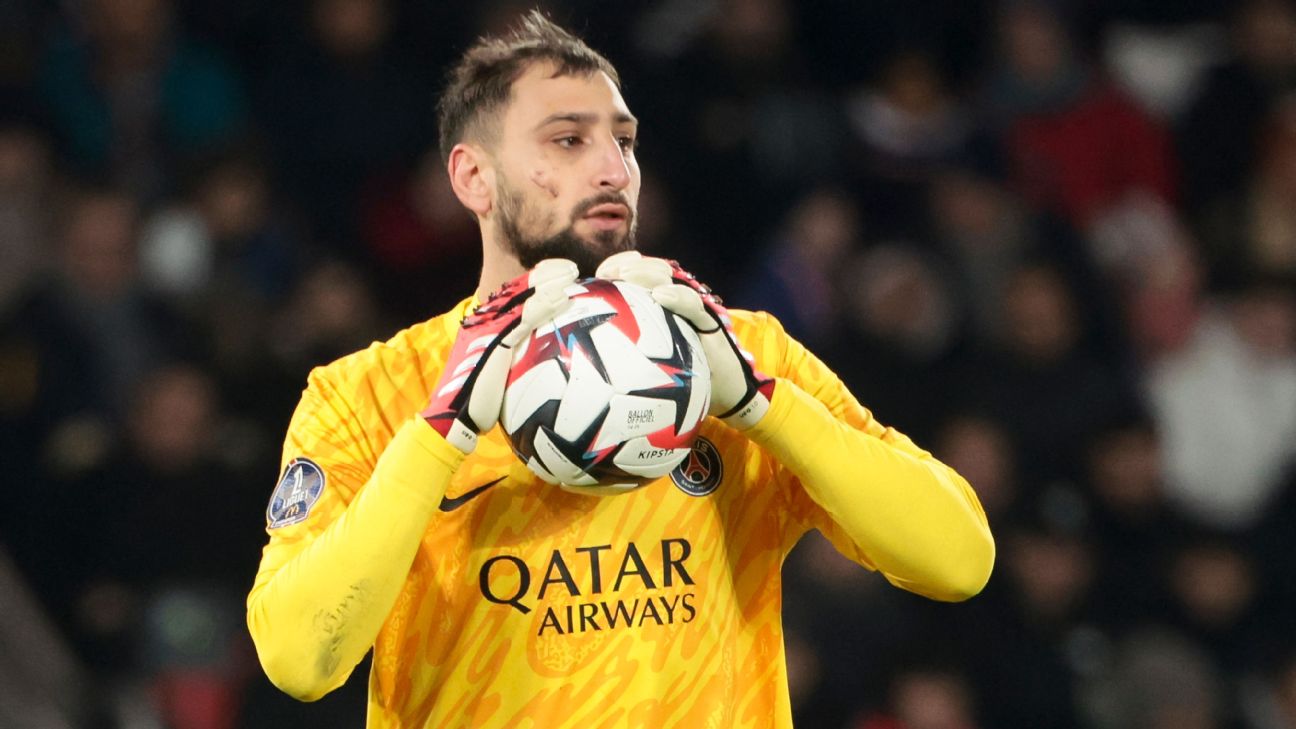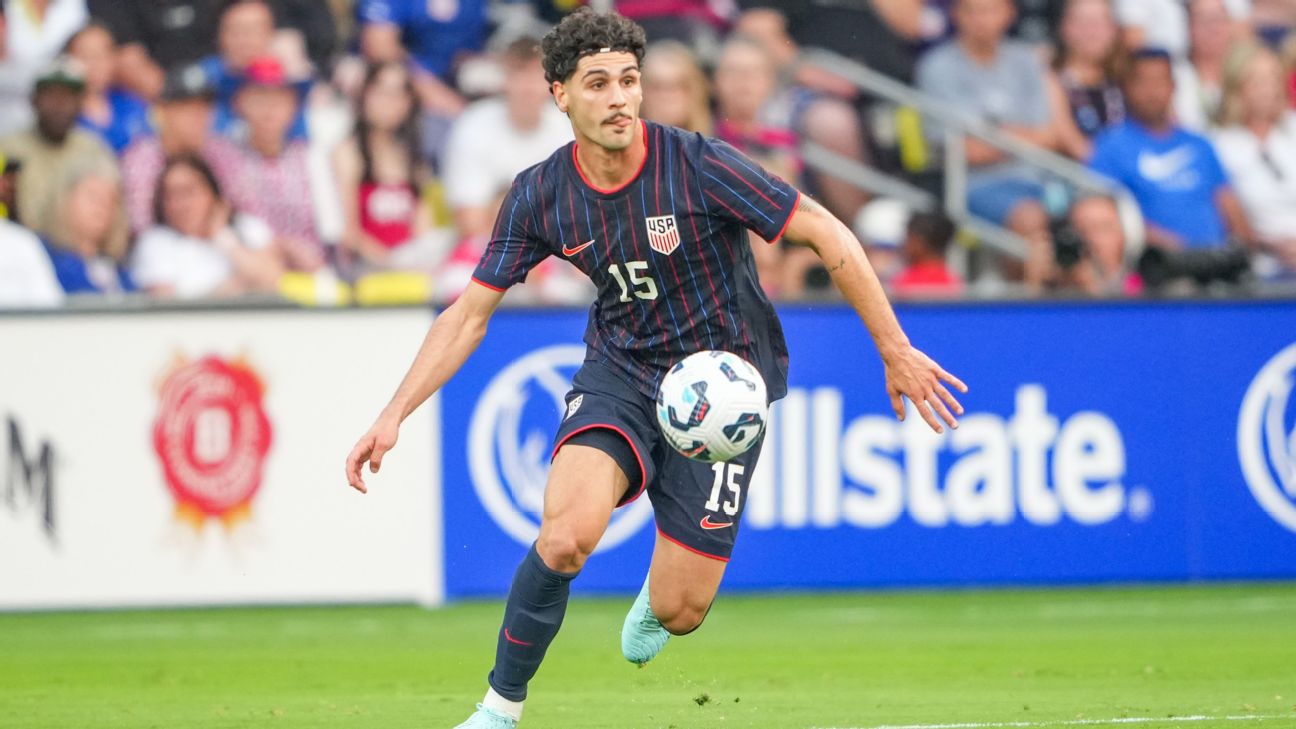USMNT's Path to 2026 FIFA World Cup: The Impact of Club Transfers on Player Performance
Exploring how USMNT players' club transfers and playing time could influence their performance in the upcoming 2026 FIFA World Cup.
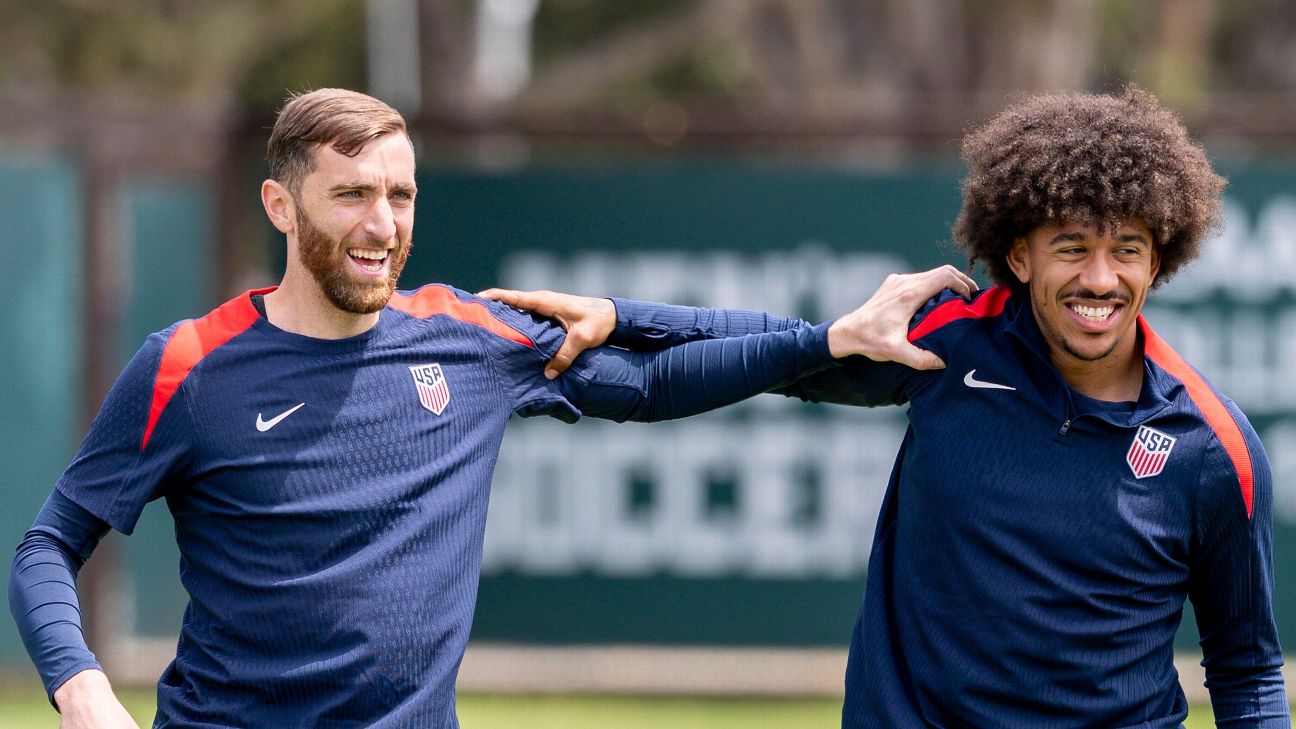
With the 2026 FIFA World Cup on the horizon, the spotlight intensifies on the U.S. men's national team (USMNT) and their preparation strategies. A critical aspect of this preparation is the club environment where USMNT players ply their trade. The debate centers around whether transferring to more prestigious clubs or ensuring regular playing time at their current clubs is more beneficial for the players' development and readiness for the World Cup.
The Dilemma of Club Transfers
The core of the issue lies in balancing the prestige and competition level of top-tier clubs against the necessity of consistent playing time. Players like Christian Pulisic and Weston McKennie, who have made significant moves to clubs in Europe's top leagues, often face the challenge of securing a starting spot amidst fierce competition. This scenario raises questions about the impact of limited playing time on their form and fitness leading up to the World Cup.
Analyzing Player Performance and Club Dynamics
Research suggests that optimal learning and performance occur when players are challenged at an 85% success rate, a balance that is hard to maintain when players are either overmatched or underutilized at their clubs. The USMNT's strategy must, therefore, focus on finding clubs that not only challenge the players but also provide them with ample opportunities to play and grow.
The Role of MLS in Player Development
While Major League Soccer (MLS) offers a platform for regular playing time, the level of competition may not be sufficient to prepare players for the rigors of a World Cup. However, for some players, MLS remains a viable option to maintain their match fitness and sharpness.
Comparative Analysis with Top National Teams
Looking at successful national teams like Argentina, it's evident that a mix of players from high-profile clubs and those who play regularly at slightly lower levels can contribute to a balanced and effective team. The key is not just the prestige of the club but the player's role and contribution within that club.
Conclusion
As the USMNT gears up for the 2026 FIFA World Cup, the focus should be on ensuring that each player finds the right balance between club prestige and playing time. The goal is to have a team that is not only talented but also well-prepared and match-fit, ready to take on the world's best on the grandest stage of them all.












